Turn, return
Walking on Canna in clear sunshine with Winnie Mackinnon, whose family have lived here for over 260 years, and Stewart Connor of the National Trust of Scotland, listening to the play of information, memory, myth and weather on these glowing pastures and basalt cliffs, I begin to understand why it’s so difficult to write about this journey. Nothing stands still here; everything is in flux, at every level of scale – moths in the grasses and sheerwaters on the Minch, tides, winds, shadows, currents, human lives, seasons – and stones, mountains, climates, each turning in its own time, into something else. Everything about the islands is in a process of transformation, and human habitation here has involved the perpetual re-use, recycling and reinterpretation of materials. There is no definitive history of the islands – only a convergence and divergence of stories; absence where there was presence, regeneration where there was dearth, Christian carvings on Pictish monuments hewn from prehistoric marker stone; museums where there were dairies, stone walls where there were stone houses and highland cattle where there were villages, children, peat smoke. Songs, still, where there were songs. When you touch an object here you hold its entire history – and it’s this continuity – this capacity for reinterpretation without disconnection – that we’re losing in the way we live our lives; in the way we travel, produce and consume, use up, discard, look away. The day’s heat in these ancient stones, returning in our hands.
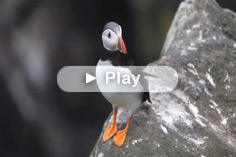


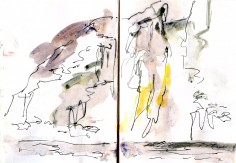
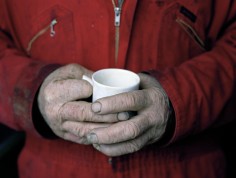
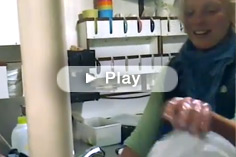
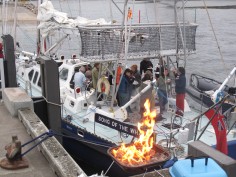

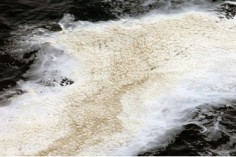
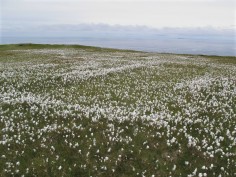

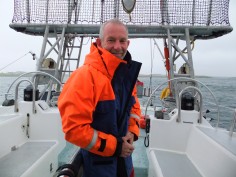








No Comments